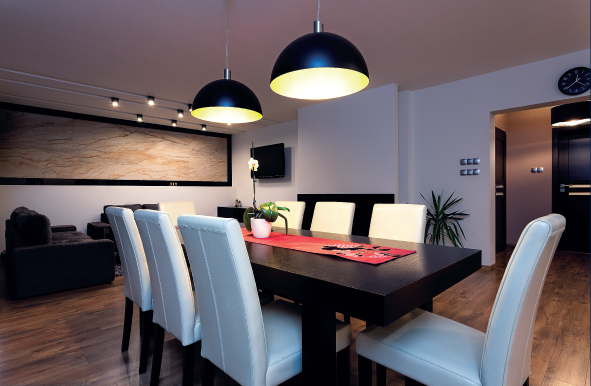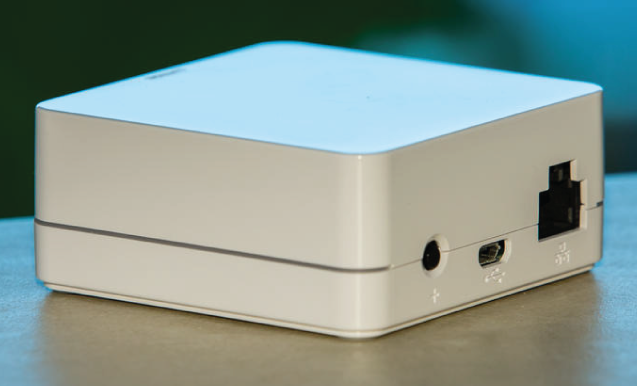
NETWORKING & WIFI
Home automation is a step toward what is referred to as the "Internet of Things," in which everything has an assigned IP address, and can be monitored and accessed remotely. "Smart" devices and appliances that can be connected to a local area network, via Ethernet or Wi-Fi are the first and most obvious beneficiaries of this system.

The first step into smart home technologies is to create a wireless control network that controls your devices –
With the right home automation system, you can use any Internet-connected device to view and control the system itself and any attached devices. Monitoring apps can provide a wealth of information about your home, you can check your security system's status, whether the lights are on, if you forgot to lock the front door, what the current temperature is and so much more. With cameras as part of your home automation system, you can even pull up real-time video feeds and literally see what's going on in your home while you're away.

A fully synchronized, smart-home brain –
Once you have multiple devices in your home, you don’t want to open a different app every time you need to turn your lights off and the heat down. This is when you might consider investing in a single smart home controller, known as a hub. A hub acts like the brain of a smart home. It helps all the devices, which are often using different protocols, communicate with each other. Some hubs have the ability to act intelligently, receiving information from one device and using that to trigger another device. For example, it could tell your doors to lock when all the lights in the house shut off.

